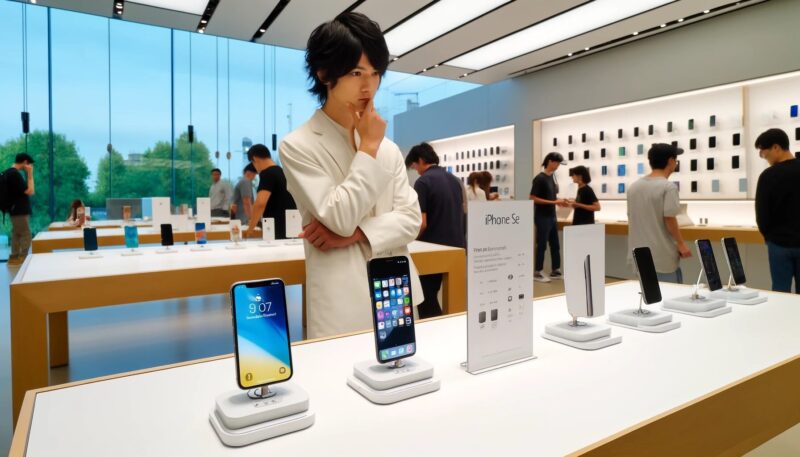Do you have questions or concerns like these?
- What is Willingness to Pay?
- What is a concrete example of Willingness to Pay?
If you’re grappling with such questions and uncertainties, this time I will clearly explain:
- Overview
- A concrete example based on my experience
Please refer to this article to deepen your understanding of Willingness to Pay.
What is Willingness to Pay?

Willingness to Pay (WTP) refers to the maximum amount a consumer is willing to pay for a particular product or service.
This concept is crucial in marketing and consumer behavior research, playing a significant role in pricing strategies and market analysis.
Detailed Explanation
Consumers’ willingness to pay is influenced by various factors:
Individual’s Economic Situation
Income and savings directly impact the amount consumers are willing to pay for products.
Perceived Value of the Product
Consumers’ perception of a product’s quality, brand value, and functionality greatly affects their willingness to pay.
Availability of Substitutes
The presence and pricing of alternative products in the market influence consumers’ willingness to pay.
Personal Preferences and Desires
Personal preferences and desires for a specific product also play a role in determining willingness to pay.
Application in Marketing
Marketing professionals use WTP data to design pricing strategies.
For instance, they might adopt high pricing strategies for segments with high WTP, while offering discounts and promotions to price-sensitive segments.
Understanding WTP is also advantageous in setting prices for new products and adjusting prices for existing ones.
What is a concrete example of Willingness to Pay?

Deciding on a New iPhone
When it came time to purchase a new iPhone, I had several models to choose from, but I ultimately decided on the iPhone SE.
This decision was heavily influenced by my willingness to pay.
As a graduate student with a limited budget, the cost-performance balance of the iPhone SE made it the ideal choice for me, rather than opting for the latest and most expensive model.
Willingness to Pay and Economic Situation
First, my economic situation played a significant role in this decision.
With limited income as a graduate student, and the need to consider tuition fees and living expenses, I couldn’t afford the high-end models.
Therefore, I was looking for a model that offered the most value within my budget.
The iPhone SE was very attractive in this regard.
Perceived Value and Availability of Substitutes
Next, the perceived value of the iPhone SE was another crucial factor.
The iPhone SE offered sufficient features and performance compared to other more expensive models.
Additionally, I had a lot of trust in Apple’s brand value and quality, which strongly influenced my decision to choose the iPhone SE.
Furthermore, while there were many other smartphones available in the market, I was accustomed to Apple’s ecosystem and valued its convenience.
Although I considered other brands, I was ultimately drawn to the consistency and reliability of Apple products.
Personal Preferences and Desires
Finally, my personal preferences and desires also played a role in choosing the iPhone SE.
I prioritized practicality and price over the latest features and designs.
The iPhone SE’s simplicity and ease of use perfectly met my needs.
Conclusion
My experience with purchasing the iPhone SE is a great example of applying the concept of willingness to pay in a real-life scenario.
Understanding how economic situation, perceived value of the product, availability of substitutes, and personal preferences influence the final purchasing decision was insightful.
This experience highlighted the importance of willingness to pay in marketing and consumer behavior analysis.
This article uses material from the Wikipedia article “Willingness to pay” which is released under the Creative Commons Attribution-Share-Alike License 4.0. Additionally, the texts and images were generated using ChatGPT.


